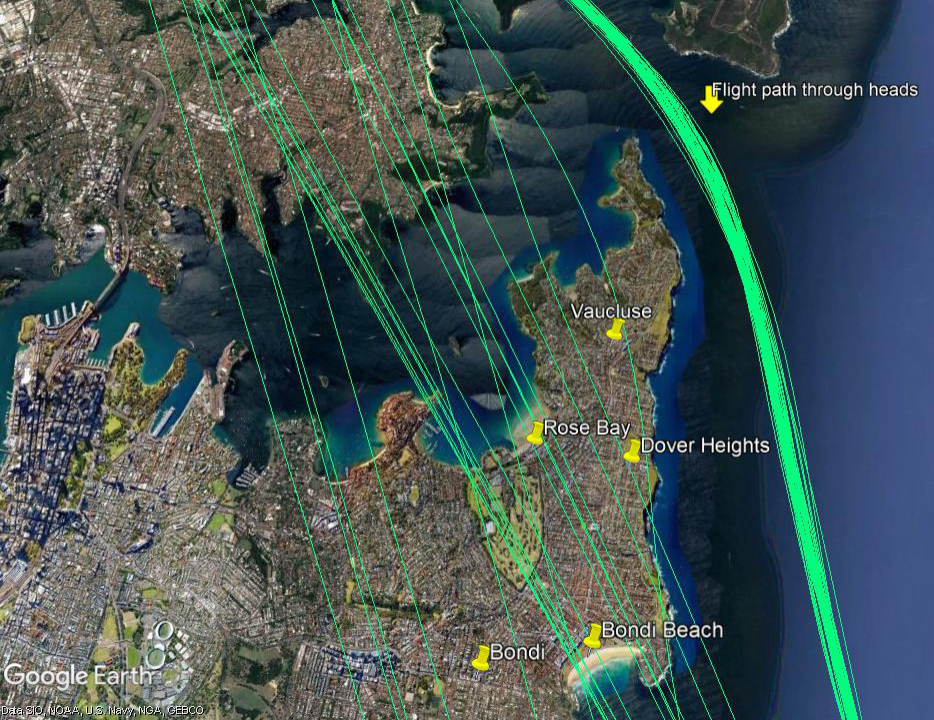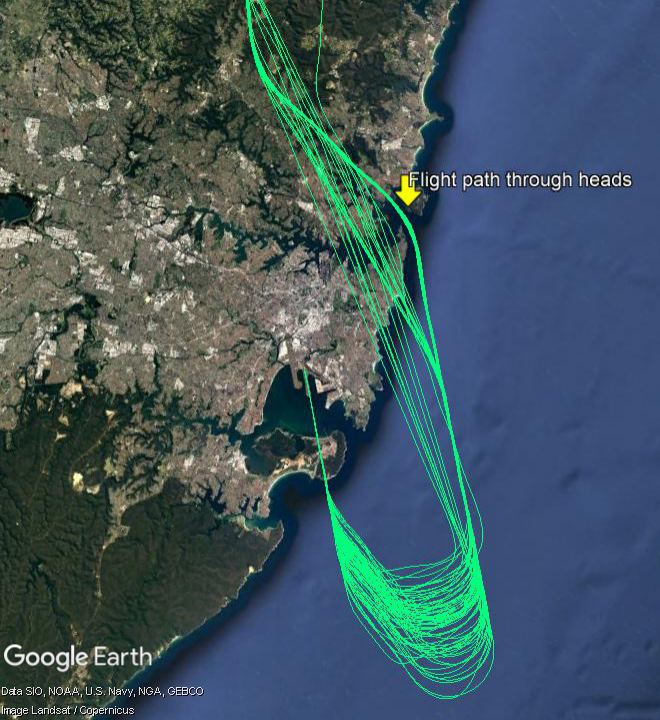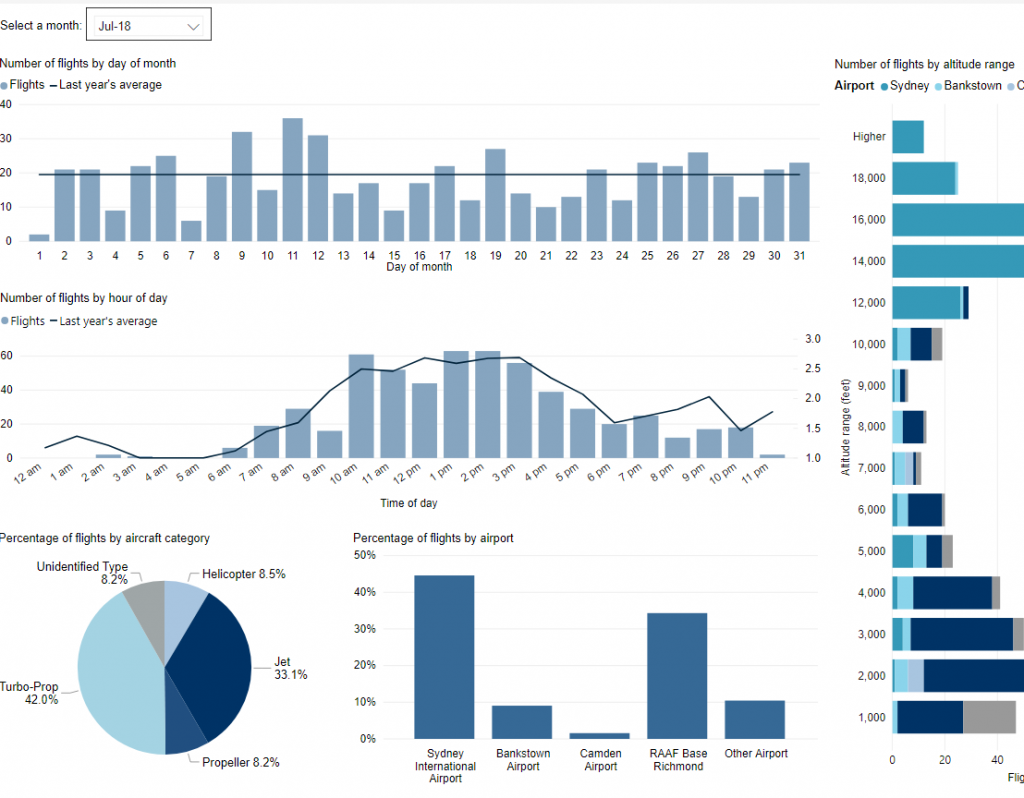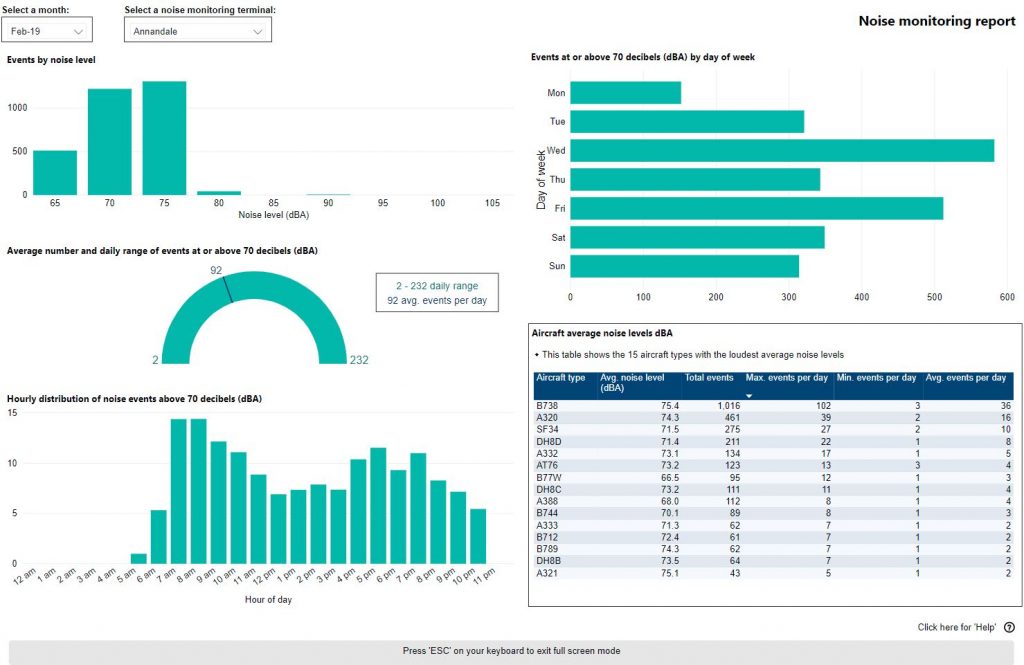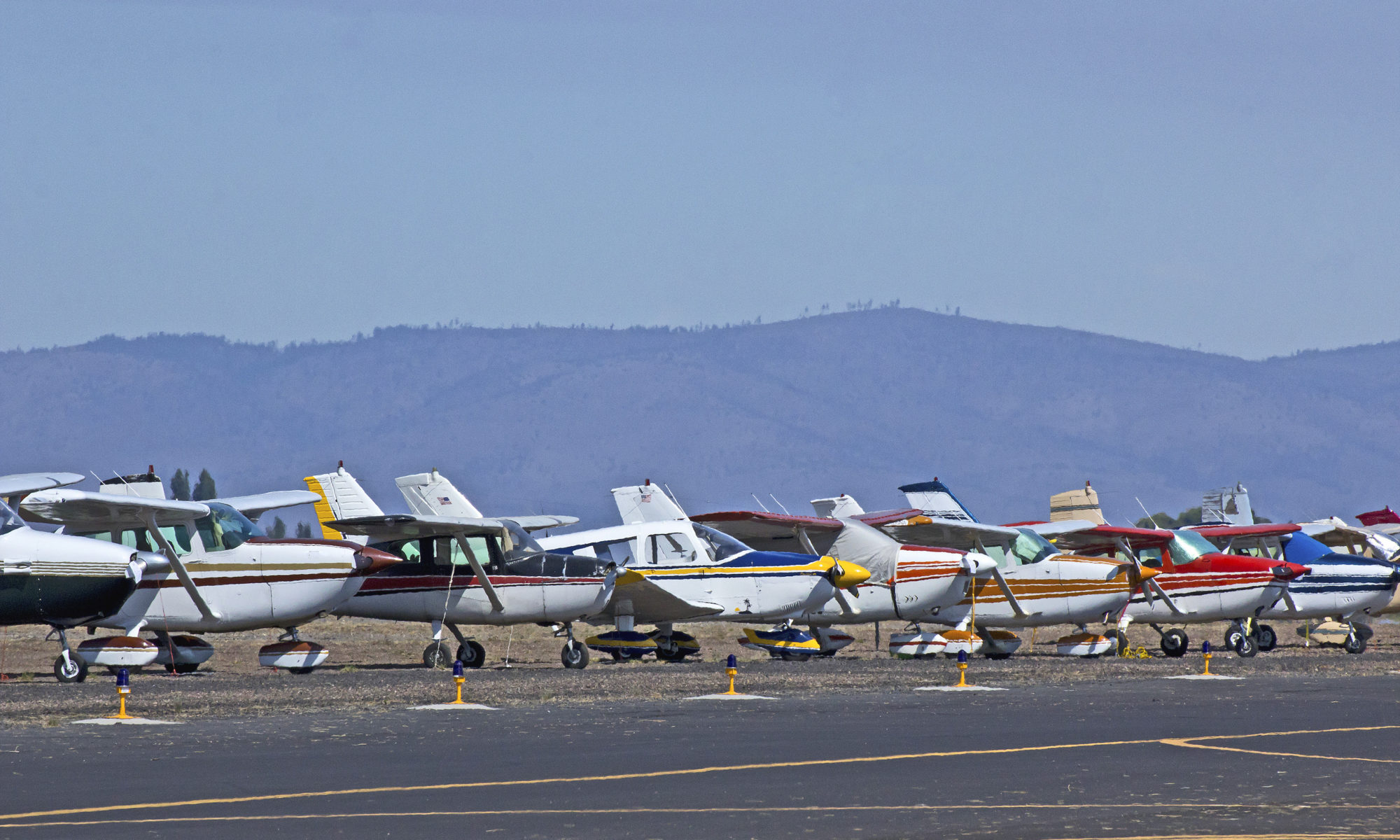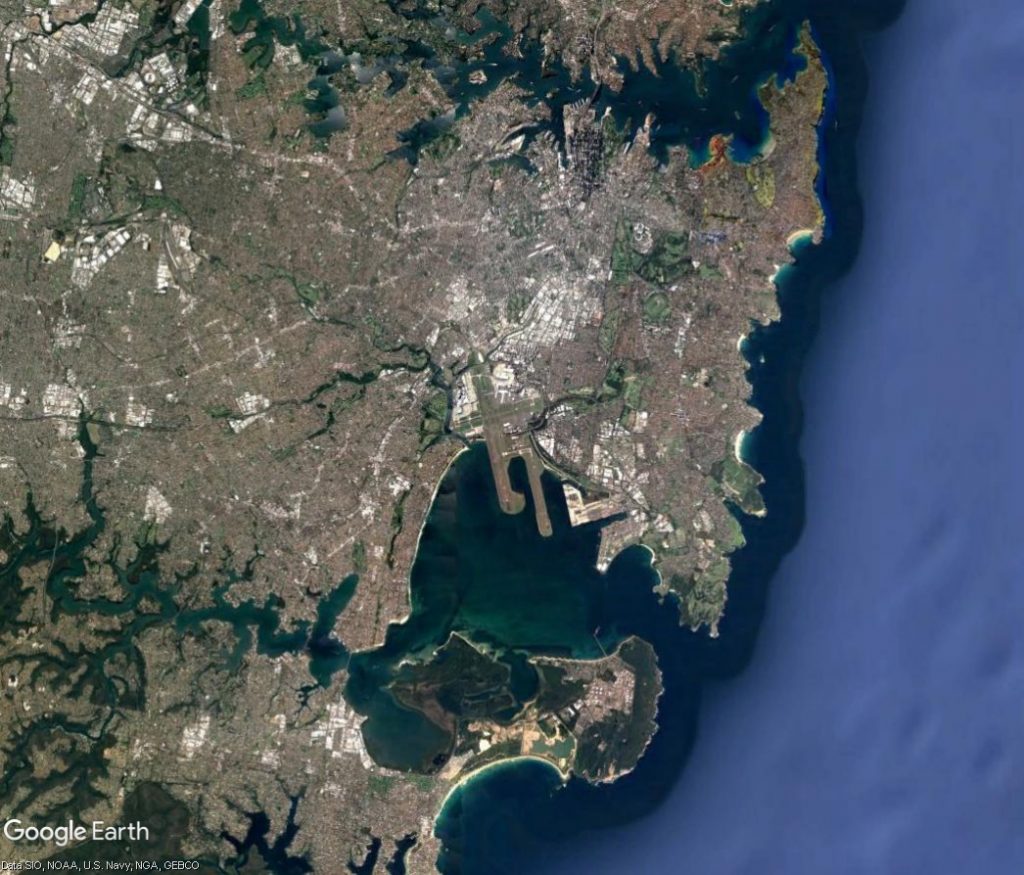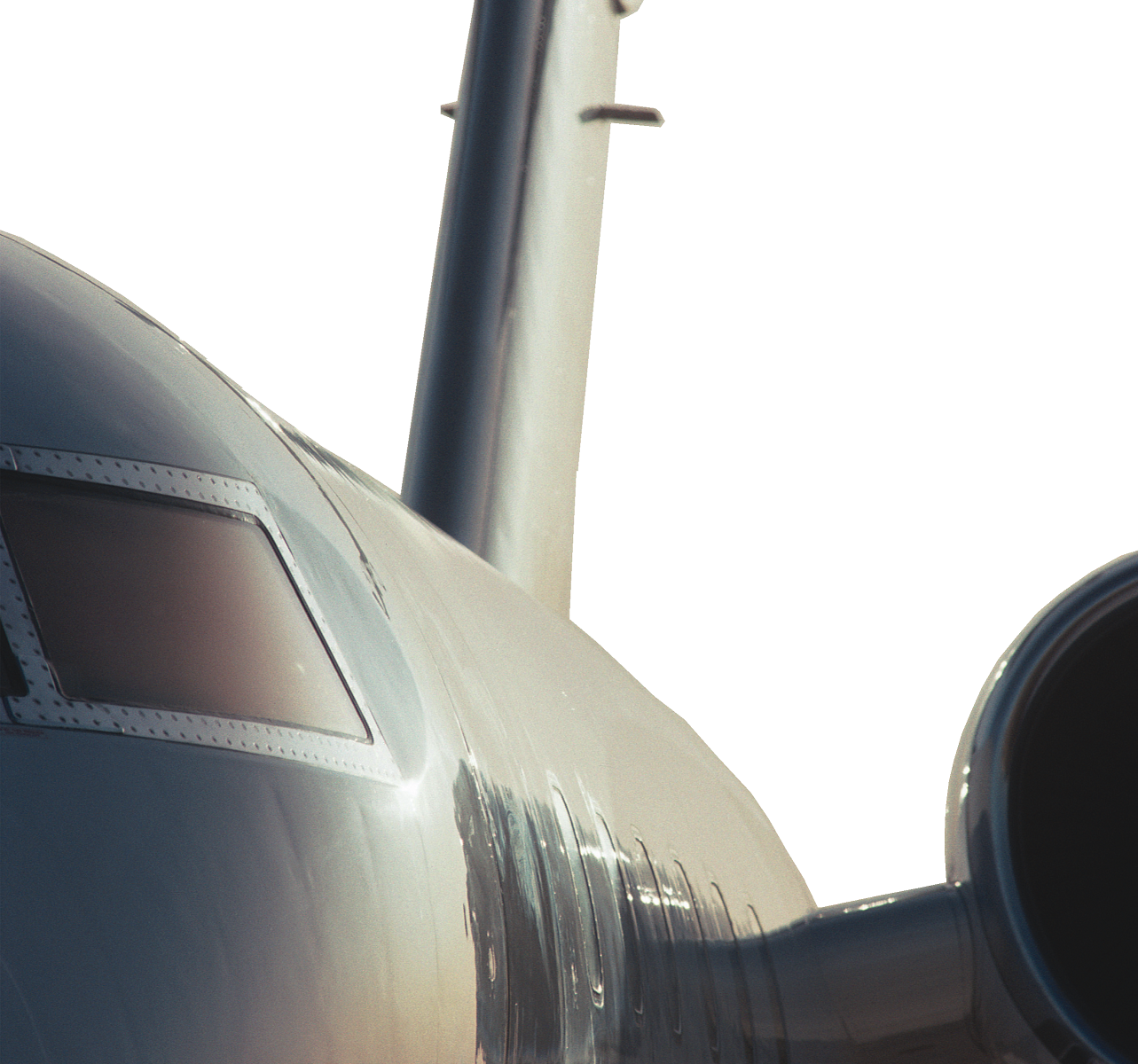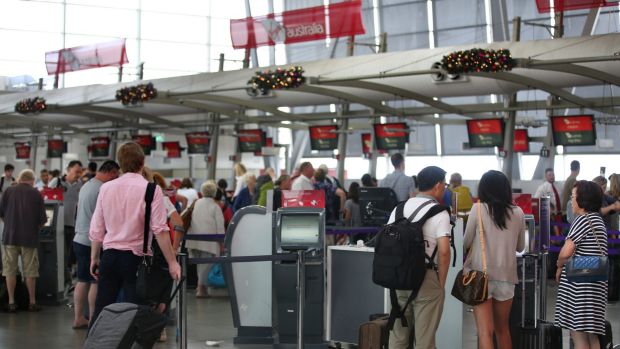Each runway in use at an airport has its own set of flight paths, and each flight path will affect different areas. As the runway in use changes, the flight paths in use will change, and so too do the suburbs affected by aircraft movements.
The runway in use at any given time and the direction of the traffic flow will vary primarily according to the wind conditions at the airport. This is because aircraft must take off and land into the wind for safety reasons. Generally, this means that in:
- Northerly wind conditions at the airport (including north-westerlies and north-easterlies), north flow will be used.
- Southerly wind conditions at the airport, including south-westerly and south-easterly conditions, south flow will be used.
However at times a runway direction may be used with a small amount of tailwind as long as it does not exceed the Civil Aviation Safety Authority’s limits for downwind (tailwind) and crosswind.
When the wind at the airport is calm or light, other factors are taken into account in selecting the runway that will be used. For example, the location of the terminals and the positioning of the taxiways can influence the decision.
At Sydney Airport, the proximity of the terminals to the northern end of the westernmost parallel runway means that in busy periods when south flow is being used, there is not always enough space on the taxiways between the terminals and the runway end for all the waiting aircraft to queue for take-off.
To manage this, some aircraft may need to be held at the departure gate until space becomes available. This can result in delays and create knock-on effects around the country. For this reason, if the wind is not a factor in the decision, north flow will usually be preferred over south flow during peak periods.
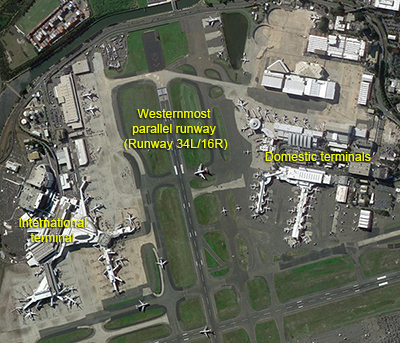
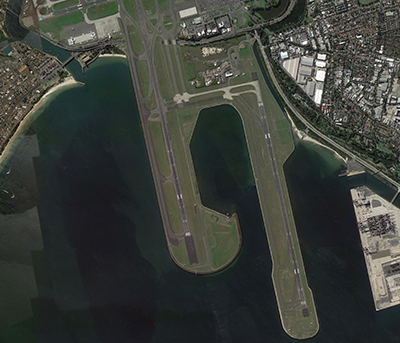
The proximity of the terminals to the runway at northern end of Sydney Airport means there is limited space on the taxiways for queuing. Below right: There is much more room for queuing aircraft on the taxiways at the southern end of the Airport.
Our page on Runway Selection discusses how decisions are made about which runway to use.


